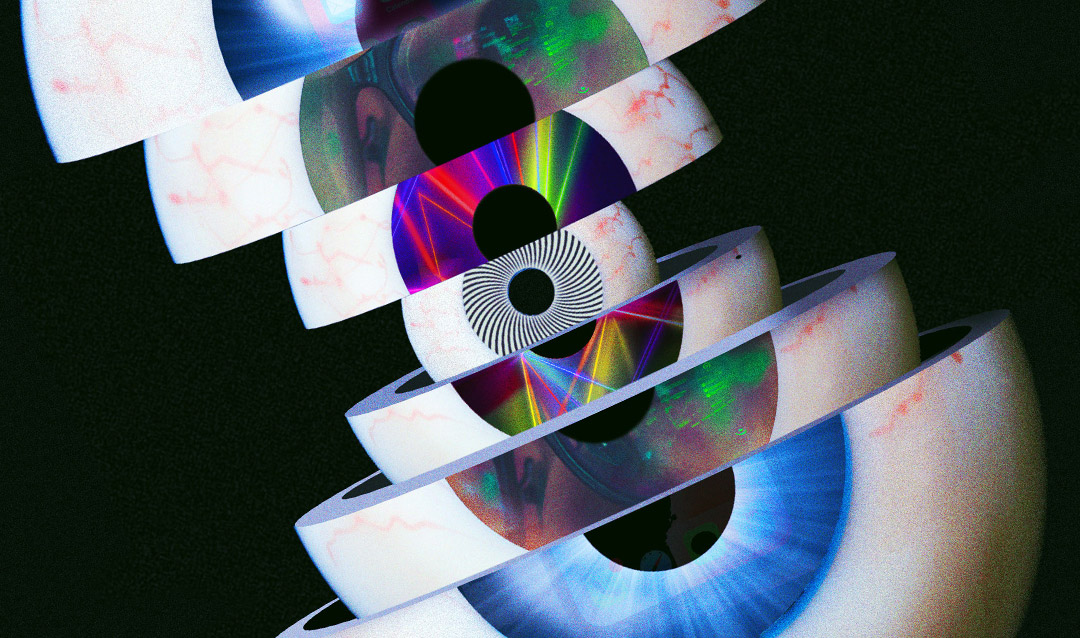Since its arrival in the early 19th century with Sir Humphry Davy’s invention of the first carbon arc lamp, artificial lighting has transformed the way humans, once daunted by darkness and reliant on the schedule of the sun, spend their days and nights. Illuminating streets, buildings, stadiums and screens, artificial lighting—an essential part of modern society—surrounds us.
A more recent societal shift toward energy efficiency has increased the use of light-emitting diodes (LEDs) in everyday lighting. These light sources, fabricated in solid-state semiconductors and organic materials, emit light when an electric current is passed through them. LEDs are six to seven times more energy efficient than conventional incandescent lights and cut energy use by more than 80 percent, according to the U.S. Department of Energy.
However, these light sources could have a negative impact on humans. White solid-state LEDs are reliant on high-intensity blue light, which can throw off humans’ circadian rhythms, impacting sleep cycles. The constant glow of the digital screens so prevalent in daily life—computers and tablets and smartphones—utilize such white LEDs as a backlight, giving rise to health concerns, as sleep deficiency can lead to chronic health problems. And, according to the American Medical Association, the blue light in LED streetlights can cause “discomfort and disability” and impact the visual acuity and safety of drivers.
Color mixing like that found in today’s active LED displays could limit the amount of UV and blue light to desired levels. In active displays, different colors are produced by three to four individual LEDs that are placed close to each other and create the different fundamental colors needed to produce the full color spectrum—including that troublesome blue light.
Volkmar Dierolf and an international team of researchers from Lehigh, West Chester University, Osaka University and the University of Amsterdam might have a solution. They have demonstrated with a new technique that the full color spectrum can be achieved by a single LED. This discovery could pave the way for monolithic integration—the integration of electronic and optical devices in a common semiconductor—for simple color tuning of a light bulb, says Dierolf, Distinguished Professor and Chair of Lehigh’s department of physics.
“This work could make it possible to tune between bright white and more comfortable warmer colors in commercial LEDs,” says Dierolf.
The team demonstrated the possibility of color tuning (or adjusting the color of) gallium nitride (GaN)-based LEDs simply by changing the time sequence at which the operation current is provided to the device. GaN is a hard and durable semiconductor commonly used in LEDs and high-power electronic devices.
The team achieved color-tunability in a single GaN-based LED through the manipulation of the emission properties of europium (Eu), an atomic-type dopant. A dopant is an impurity added to a semiconductor to modify its electrical conductivity.
“We show that it is possible to attain red, green and blue emissions originating from just one GaN LED-structure that uses doping with a single type of rare earth ion, europium (Eu),” says Dierolf. “Using intentional co-doping and energy-transfer engineering, we show that all three primary colors can emit due to emission originating from two different excited states of the same Eu3+ ion (~620nm and ~545nm) mixed with near band edge emission from GaN centered at ~430nm. The intensity ratios of these transitions can be controlled by choosing the current injection conditions such as injection current density and duty-cycle under pulsed current injection.”
The materials used in previous research on color-tunable LEDs did not allow for easy integration with current LED technology, says Dierolf.
The work is described in an article, “Color-Tunability in GaN LEDs Based on Atomic Emission Manipulation under Current Injection,” published in ACS Photonics. The lead author, Brandon Mitchell ’12G ’14G , is a former graduate student in Dierolf’s lab and now an assistant professor in the department of physics and engineering at West Chester University in Pennsylvania.
Notably, the new technique is compatible with current LEDs that are at the core of commercial solid-state LED lighting. According to Dierolf, this research may benefit those who are looking for more comfortable, “warmer” white light from LEDs.
Lori Friedman contributed to this story.


